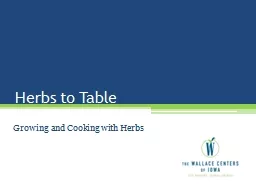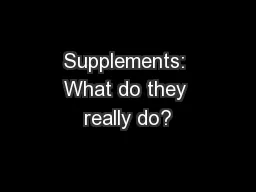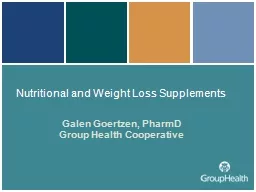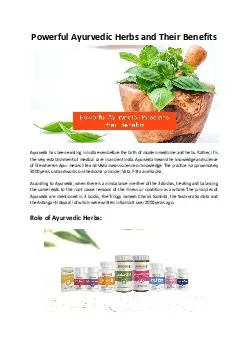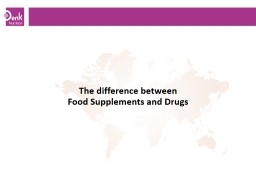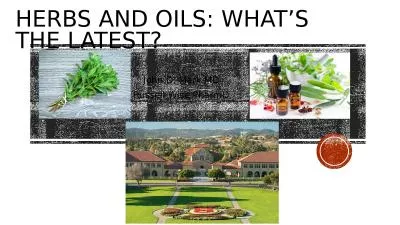PPT-Herbs and Supplements Reetu Grewal, MD
Author : tatyana-admore | Published Date : 2018-02-26
Community Health amp Family Medicine UF Health Jacksonville No Disclosures Introduction Plants have been used for medicinal purposes for thousands of years Saw palmetto
Presentation Embed Code
Download Presentation
Download Presentation The PPT/PDF document "Herbs and Supplements Reetu Grewal, MD" is the property of its rightful owner. Permission is granted to download and print the materials on this website for personal, non-commercial use only, and to display it on your personal computer provided you do not modify the materials and that you retain all copyright notices contained in the materials. By downloading content from our website, you accept the terms of this agreement.
Herbs and Supplements Reetu Grewal, MD: Transcript
Download Rules Of Document
"Herbs and Supplements Reetu Grewal, MD"The content belongs to its owner. You may download and print it for personal use, without modification, and keep all copyright notices. By downloading, you agree to these terms.
Related Documents







